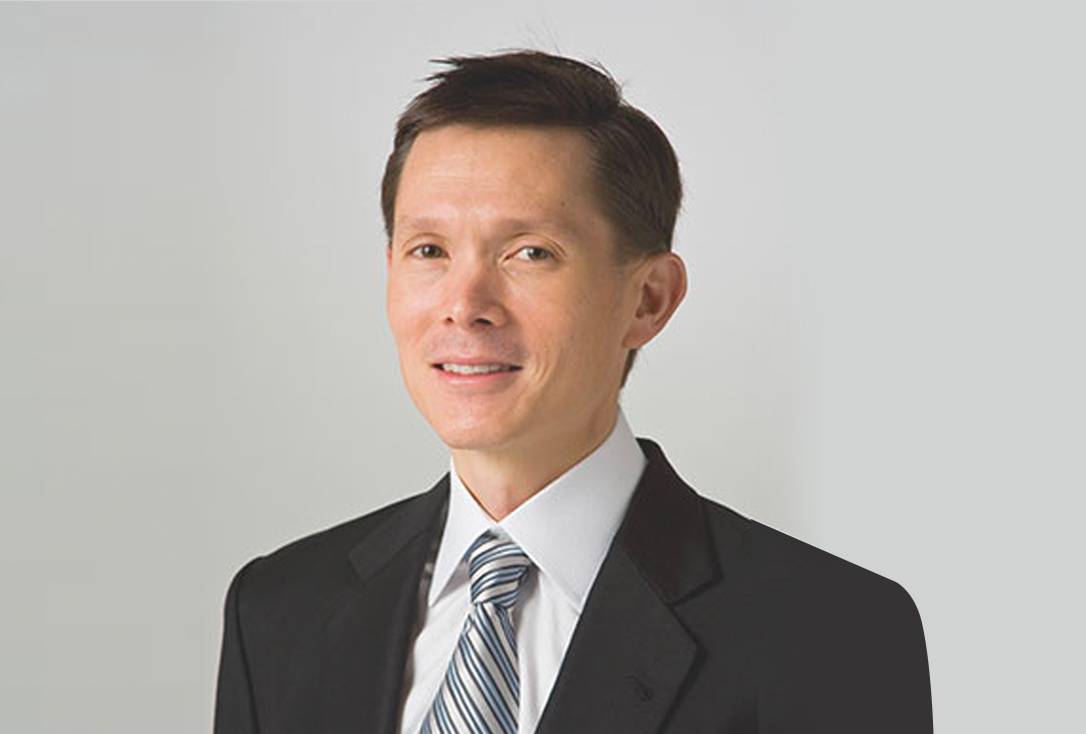When Should You Consider Surgery for Gynecomastia?
Gynecomastia is characterised by the abnormal enlargement of breast tissue in men. While typically benign, this condition can be a source of emotional distress or embarrassment. Gynecomastia is very common in Singapore, affecting 50–60% of male adolescents and up to 70% of men around the age of 60.
Fortunately, gynecomastia removal surgery is available to help alleviate symptoms and improve chest contours. Explore the causes and signs of gynecomastia and when surgery becomes necessary in this article.
What Is Gynecomastia?
Gynecomastia, commonly known as “man boobs,” refers to the excessive growth of glandular tissue in a man’s chest area. It typically resembles a female-like breast appearance rather than the typical firm pectoral muscles. This condition can affect one or both breasts and may be asymmetrical, meaning one breast may be noticeably larger than the other.
What Are the Common Causes of Gynecomastia?
Gynecomastia is typically idiopathic, meaning there is no identifiable cause. However, several factors may contribute to its development, including:
Hormonal Imbalances
: An increase in oestrogen or a decrease in testosterone can lead to breast tissue growth. This imbalance can be due to natural changes during puberty, ageing, or conditions affecting hormone production, such as hypogonadism.Medications
: Some medications are known to induce gynecomastia as a side effect. These include anti-androgens (for prostate conditions), anabolic steroids, antidepressants, and heart medications.Chronic Conditions
: Certain underlying health conditions can contribute to gynecomastia. Obesity, liver and kidney diseases, thyroid disorders, and tumours affecting hormone levels can all lead to enlarged breast tissues.
When Should You Seek Medical Advice for Gynecomastia?
Recognising the early signs of gynecomastia is crucial for managing the condition before it progresses. Seek medical attention if you notice any of these symptoms:
- Breast swelling
- Severe chest pain
- Tenderness or sensitivity
- A firm or rubbery lump under the nipple
- Nipple discharge
- Asymmetry between the breasts
What Non-Surgical Options Can You Consider for Managing Gynecomastia?
For individuals with mild to moderate gynecomastia, non-surgical treatments can be effective in addressing the underlying causes and alleviating symptoms without the need for invasive procedures.
If gynecomastia stems from a hormonal imbalance, medications can be an effective treatment. In select cases, medications such as aromatase inhibitors or selective oestrogen receptor modulators may be prescribed to reduce breast tissue size and block the effects of oestrogen in the body.
When Should You Consider Surgery for Gynecomastia?
Surgery should be considered if gynecomastia is persistent, resistant to non-surgical treatments, and significantly impacts quality of life.
Candidates for surgery typically include men with:
- Prominent breast enlargement
- Asymmetrical breasts
- Protruding or enlarged areolas
- Saggy breasts following massive weight loss and dieting
What Can You Expect from Gynecomastia Surgery in Singapore?
Gynecomastia surgery is typically performed under general anaesthesia, meaning patients are asleep during the procedure. The surgeon begins by making small incisions, often around the edge of the areola to remove excess fat and glandular tissue. In cases where the enlargement is mainly due to fatty tissue, liposuction may be used to suction out the fat.
For more severe cases involving significant glandular tissue or excess skin, a combination of excision (surgical removal) and liposuction may be necessary. Once the excess tissue is removed, the incisions are closed with stitches. The resulting scars are usually discreet and well-hidden due to their strategic placement.
Gynecomastia surgery typically takes one to two hours. After the surgery, patients may experience mild pain, swelling, and bruising for the first few days before subsiding over time. They may also need to wear a compression garment for several weeks to help reduce swelling and support the newly contoured chest. Patients can resume work and normal activities within a week or two.
At The Plastic Surgery Practice, we offer safe and effective gynecomastia surgery in Singapore. Our clinic will tailor each treatment plan based on the severity of the condition, helping you achieve optimal results and minimal downtime. Schedule a consultation today to discuss your needs and expectations.
Frequently Asked Questions
Can gynecomastia go away on its own?
Some cases of gynecomastia occur during puberty and often resolve on their own without any treatment. Generally, it takes six months to two years for the condition to subside as hormone levels balance out.
How long does it take to see results after gynecomastia surgery?
Initial changes are visible immediately post-surgery, but it may take up to six months to see full results.
Can gynecomastia return after surgery?
Recurrence of gynecomastia following surgery is rare but possible. Various factors like hormonal fluctuations, certain medications, and weight gain may contribute to excessive breast tissue growth. Having regular follow-ups—as recommended by your gynecomastia doctor—can help monitor and maintain results.

Dr Andrew Tay
MBBS (S’pore), FRCS (Edinburgh)
Fellow, Academy of Medicine, Singapore (Plastic Surgery)
Registered Specialist Plastic Surgeon, Singapore Medical Council
With decades of experience, Dr Andrew Tay is a skilled plastic surgeon who specialises in safe and effective gynecomastia surgery in Singapore. He is a Fellow of the Academy of Medicine, Singapore (Plastic Surgery), and a Registered Specialist Plastic Surgeon with the Singapore Medical Council. Dr Tay is dedicated to a personalised approach, combining precision and innovation to help patients achieve a more toned figure and improved well-being.

ideals and lifestyles are different,
these may be non-surgical or surgical procedures.
